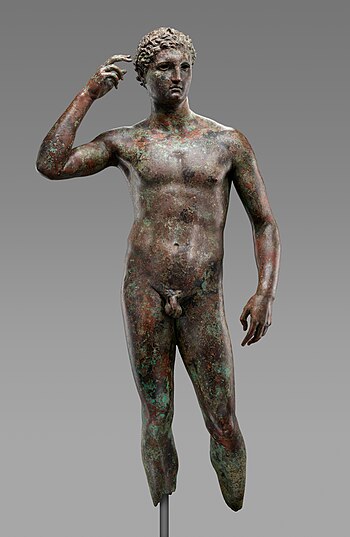User:Bannus
Today is August 11, 2024! I'm user 45,939!
Welcome to Wikipedia, the free encyclopedia that anyone can edit.
In this English version, started in 2001, we are currently working on 6,866,078 articles.
Overview - Questions - Categories - A–Z - Portals - Site news - Donations
Arts | Biography | Geography | History | Mathematics | Science | Society | Technology
Today's featured articleT2 was a torpedo boat of the Royal Yugoslav Navy. Originally a 250t-class torpedo boat of the Austro-Hungarian Navy, commissioned on 11 August 1914 as 77T, she saw active service during World War I, performing convoy, patrol, escort, minesweeping and minelaying tasks, anti-submarine operations, and shore bombardment missions. Present in the Bocche di Cattaro during the short-lived mutiny by Austro-Hungarian sailors in early February 1918, members of her crew raised the red flag but took no other mutinous actions. The boat was part of the escort force for the Austro-Hungarian dreadnought Szent István when that ship was sunk by Italian torpedo boats in June 1918. Following Austria-Hungary's defeat in 1918, the boat was allocated to the Navy of the Kingdom of Serbs, Croats and Slovenes, which became the Royal Yugoslav Navy in 1921, and was renamed T2. During the interwar period, Yugoslav naval activity was limited by reduced budgets. Worn out after twenty-five years of service, T2 was scrapped in 1939. (This article is part of a featured topic: Ships of the Royal Yugoslav Navy.)
Recently featured:
Selected anniversaries
|
In the news The ATR 72 involved in the crash
The Victorious Youth is a Greek bronze sculpture created between 300 and 100 BCE. It is currently displayed at the Getty Villa, a museum in Pacific Palisades, California. The sculpture was found in the summer of 1964 in the sea off Fano on the Adriatic coast of Italy, snagged in the nets of an Italian fishing trawler. In 1977, the J. Paul Getty Museum purchased the bronze. Bernard Ashmole, an archaeologist and art historian, was asked to inspect the sculpture by Munich art dealer Heinz Herzer; Ashmole and other scholars attributed it to Lysippos, a prolific sculptor of Classical Greek art. The research and conservation of the Victorious Youth dates from the 1980s to the 1990s and is based on studies in classical bronzes by ancient Mediterranean specialists in collaboration with the Getty Museum. Scholars have various theories as to the identity of the subject, the least controversial of which is that the figure was an ancient Olympic runner who held a victor's palm branch in his left arm. His right hand reaches to touch the winner's olive wreath on his head. Sculpture credit: attributed to Lysippos; photographed by the J. Paul Getty Museum |
Wikipedia in other languages
You may read and edit articles in many different languages:
This Wikipedia is written in English. Many other Wikipedias are available; some of the largest are listed below.
-
1,000,000+ articles
-
250,000+ articles
-
50,000+ articles
Wikipedia's sister projects
Wikipedia is written by volunteer editors and hosted by the Wikimedia Foundation, a non-profit organization that also hosts a range of other volunteer projects:
-
Commons
Free media repository -
MediaWiki
Wiki software development -
Meta-Wiki
Wikimedia project coordination -
Wikibooks
Free textbooks and manuals -
Wikidata
Free knowledge base -
Wikinews
Free-content news -
Wikiquote
Collection of quotations -
Wikisource
Free-content library -
Wikispecies
Directory of species -
Wikiversity
Free learning tools -
Wikivoyage
Free travel guide -
Wiktionary
Dictionary and thesaurus



